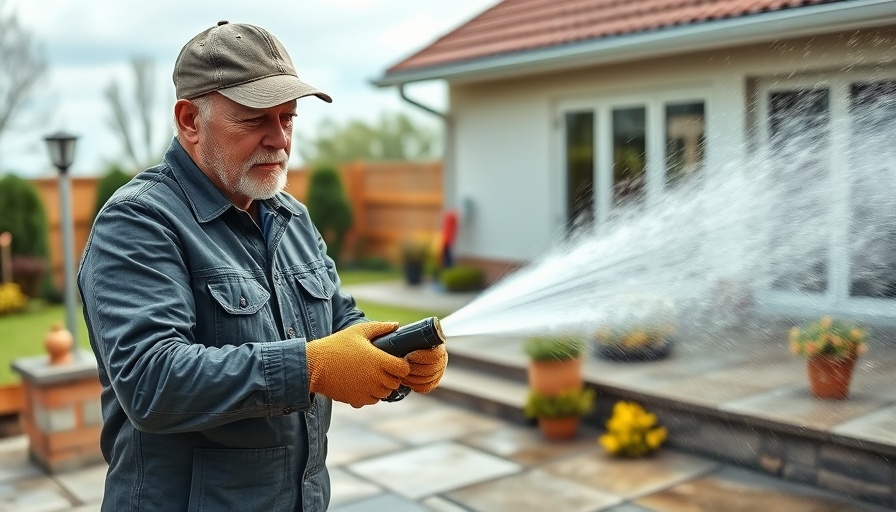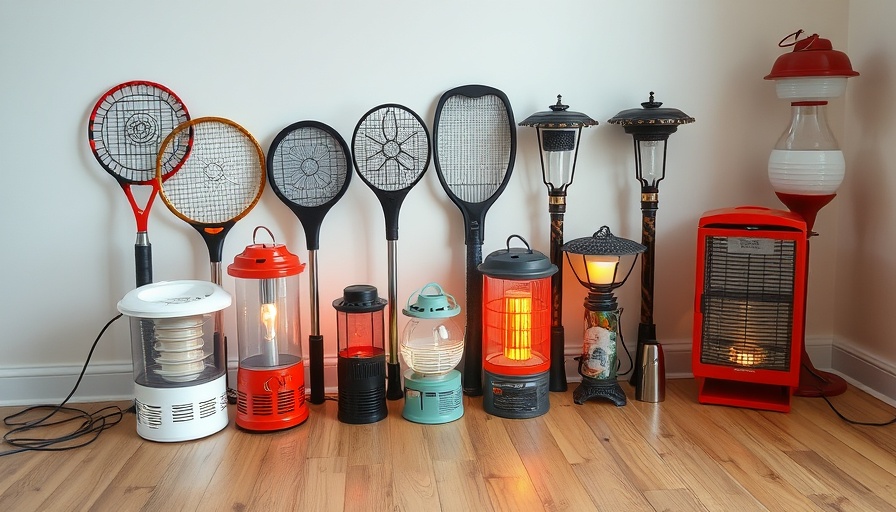
Understanding the Risks of Pressure Washing
While pressure washers are powerful tools for cleaning, they are not suitable for every surface in or around your home. Misuse can lead to costly damage, which is why knowing what to avoid is crucial. Not all surfaces are capable of withstanding the force of high-pressure water. Some materials, especially delicate or deteriorating ones, can be compromised by the power of these machines.
Common Mistakes Homeowners Make with Pressure Washers
Many homeowners mistakenly believe that washing every part of their home with a pressure washer is harmless. However, certain materials should never be pressure washed, including:
- Wood Decks: While pressure washing can be tempting for cleaning wood decks, it can also strip the wood of its protective finish, causing fading and weakening of the structure over time.
- Electrical Appliances: Direct water can cause electric shocks and damage. Always clean these items using safer methods.
- Roofs: Using high pressure on roofs can dislodge shingles and cause leaks. This can lead to expensive repairs later.
The Importance of Knowing Which Surfaces to Avoid
Understanding these risks is pivotal not just for the longevity of your home but also for your safety. The misuse of pressure washers can lead to dangerous situations, including slips, falls, or even electrical accidents. It’s critical for homeowners to be educated about their equipment and its limitations.
Expert Recommendations: Best Practices for Pressure Washing
For homeowners looking to effectively use pressure washers without running into trouble, consider these best practices:
- Consult the manufacturer’s guidelines for your particular surfaces and equipment.
- Test small areas before performing a full wash, to see how surfaces react.
- Use the lowest setting necessary to achieve cleanliness without damage.
Emphasizing the Value of Alternative Cleaning Methods
While pressure washing has its benefits, other cleaning methods may be more appropriate for sensitive surfaces. For example, using a soft brush or garden hose can effectively remove dirt without risking damage. Homeowners should weigh their options and choose the safest and most effective method for each cleaning task.
Real-Life Consequences: Stories from Homeowners
Many homeowners have faced disastrous consequences after improperly using pressure washers. Stories abound of damage to siding, ruined paint jobs, and stripped protective coatings. Such experiences not only come with a financial burden but can also be frustrating and time-consuming to fix.
Final Thoughts and Recommendations
Pressure washing can be a great tool in your cleaning arsenal—when used wisely. By avoiding certain surfaces and applying best practices, you can ensure your home remains in top shape without unnecessary risk of damage. As you consider your home maintenance options, remember to prioritize safety and the longevity of your property's materials.
If you're a contractor working with homeowners, ensure that your clients are aware of these common pitfalls. Providing guidance on which surfaces can be safely pressure washed and how to do it properly builds trust and establishes your expertise. Share your insights today and help them make informed decisions for their home maintenance needs!
 Add Row
Add Row  Add
Add 




Write A Comment